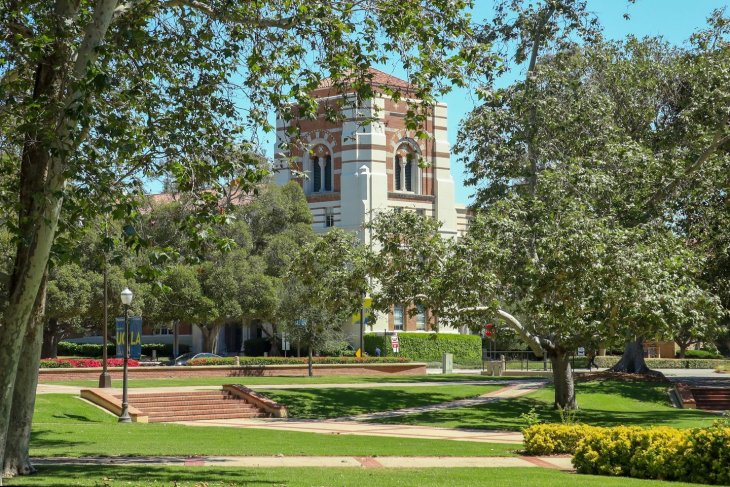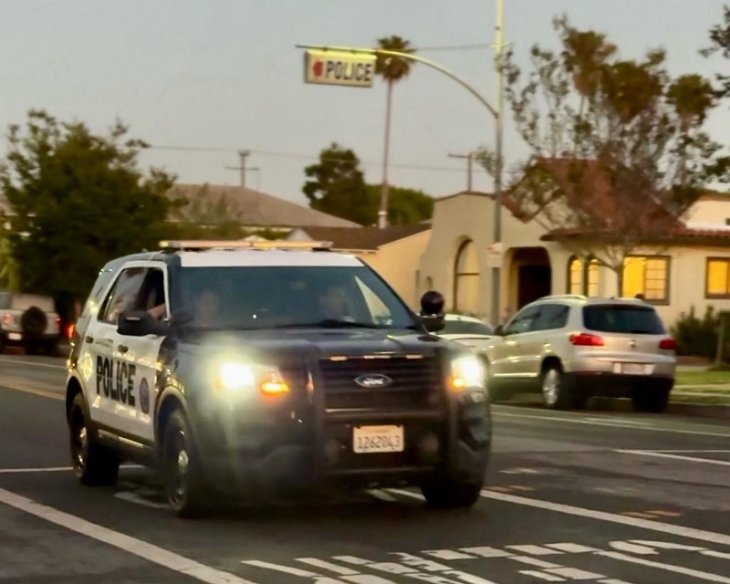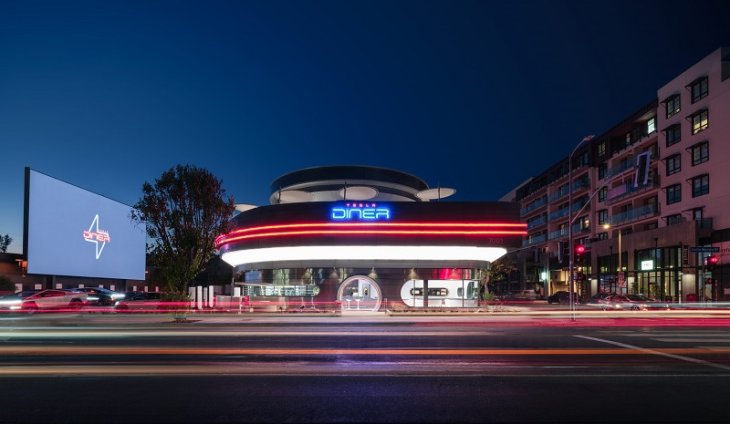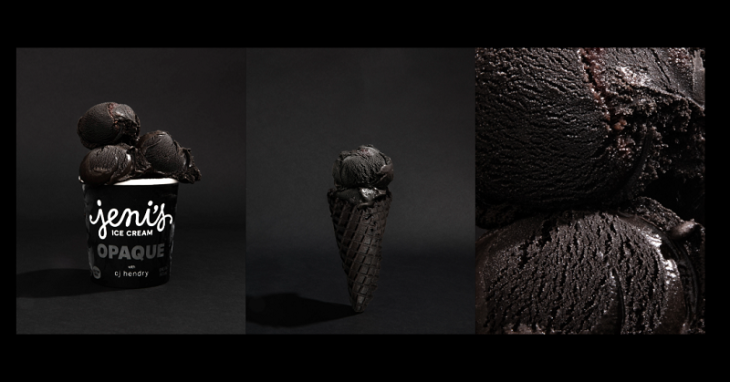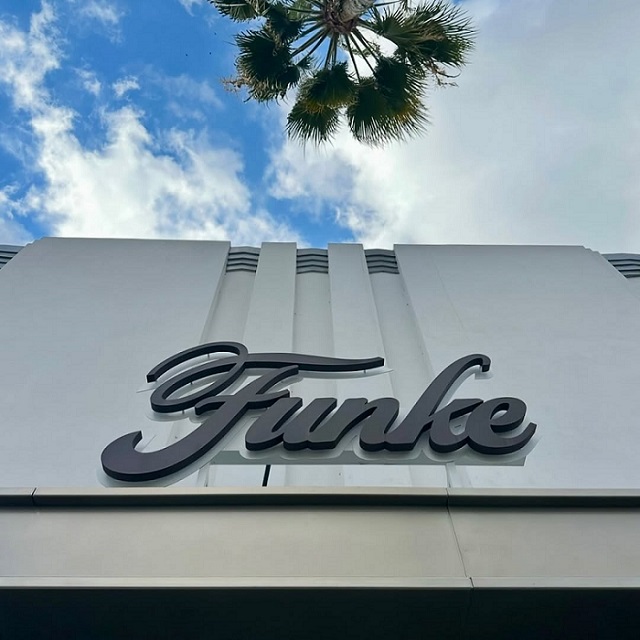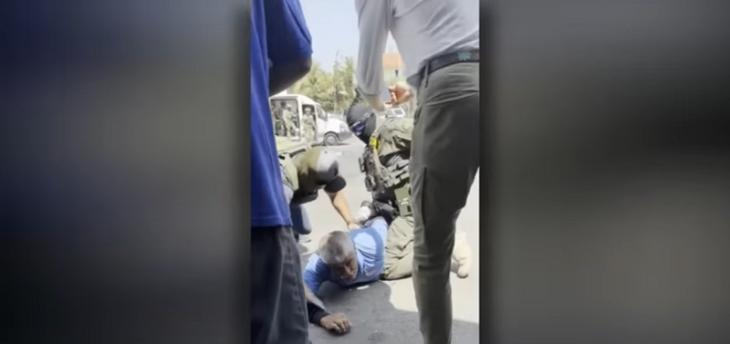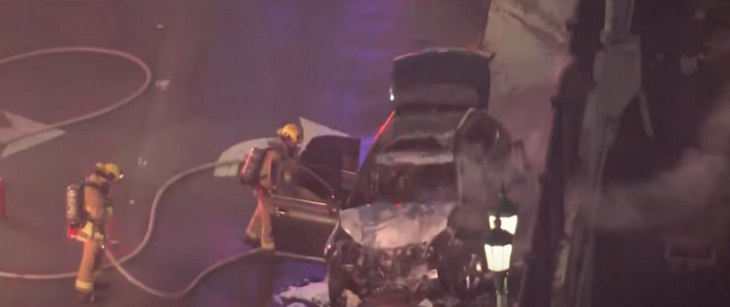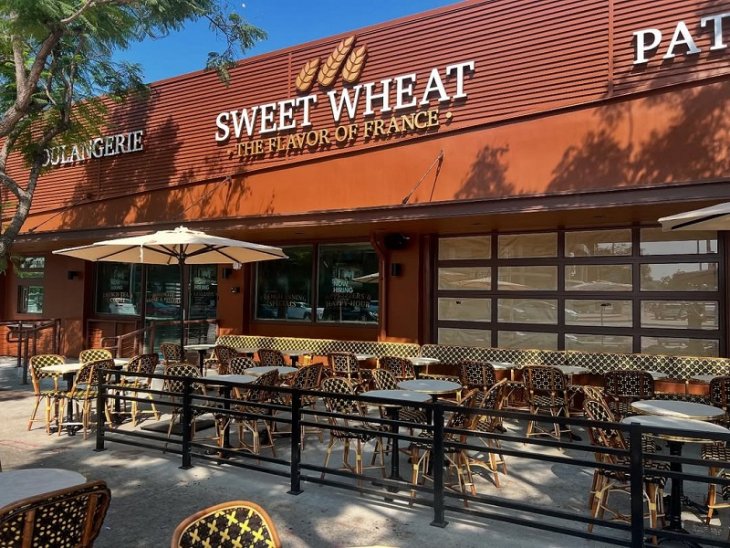 The California Supreme Court refused Wednesday to review the case against a man convicted of the 1985 murder of an aspiring model from Covina whose remains were found in the Angeles National Forest more than a month after she vanished.
The California Supreme Court refused Wednesday to review the case against a man convicted of the 1985 murder of an aspiring model from Covina whose remains were found in the Angeles National Forest more than a month after she vanished.
Stafford Joel Spicer was convicted in October 2012 of first-degree murder in the death of Jo Anne Marie Jones, who disappeared on April 29, 1985.
The 23-year-old woman’s decomposing body was found June 8, 1985, by four people returning to their car after fishing near a culvert on East Fork Road in the Angeles National Forest.
Jones’ 1978 Chevrolet Camaro — which her boyfriend reported seeing being driven in Long Beach three days after she disappeared — was found abandoned behind a market.
As a result of a cold case investigation that began in 2008, investigators determined that some of the DNA from blood found on a floor mat in the Camaro matched Jones’ DNA profile and that Spicer was included as a possible contributor to a mixture found on the floor mat and a cupholder.
Spicer was arrested in March 2011 at his home in Las Vegas.
In a ruling earlier this year, a three-justice panel from California’s 2nd District Court of Appeal rejected the defense’s contention that there was insufficient evidence to support his murder conviction.
The justices also rejected the defense’s contention that there was insufficient evidence to support the jury’s special circumstance findings of murder during the commission of rape and robbery. But the appellate court panel struck a third special circumstance finding of murder during a kidnapping or attempted kidnapping, ruling that state law at the time of the crime did not include kidnapping as a “predicate crime for felony murder.”
The justices found in the 52-page ruling that there was “ample evidence that appellant intended to steal Jones’s Camaro before he began the fatal attack on her in Azusa Canyon” and that the evidence showed that he selected the isolated location “to complete his crimes.”
“In view of that evidence, the jury could reasonably infer that he intended to take Jones’s Camaro before he killed her, as he had no other way to return to Long Beach,” the panel found.
The appellate court justices noted that Spicer “openly displayed” the Camaro within hours of the woman’s disappearance, and found that police interviews in 2009 “supported the reasonable inference that appellant had lied in 1985 regarding how he obtained the Camaro.”

